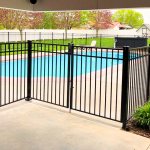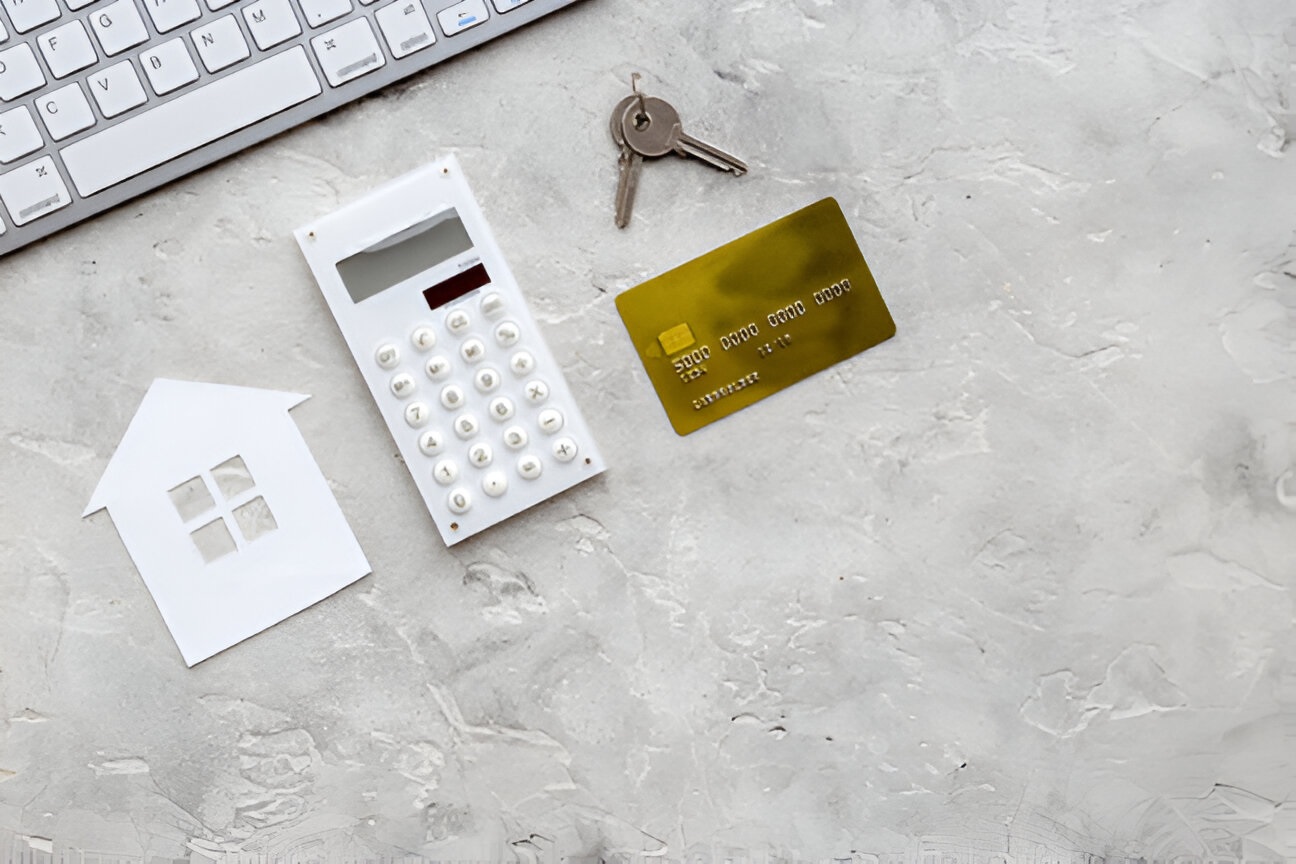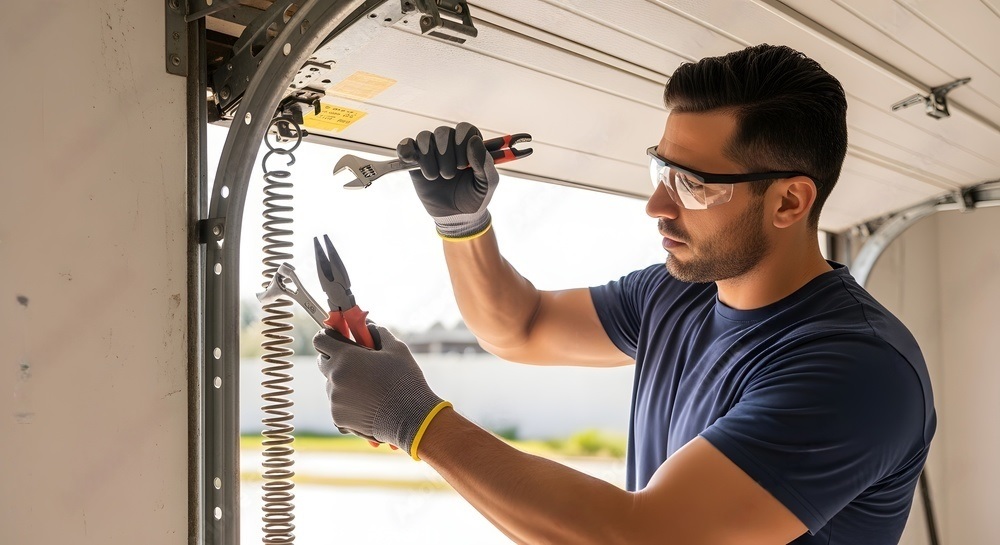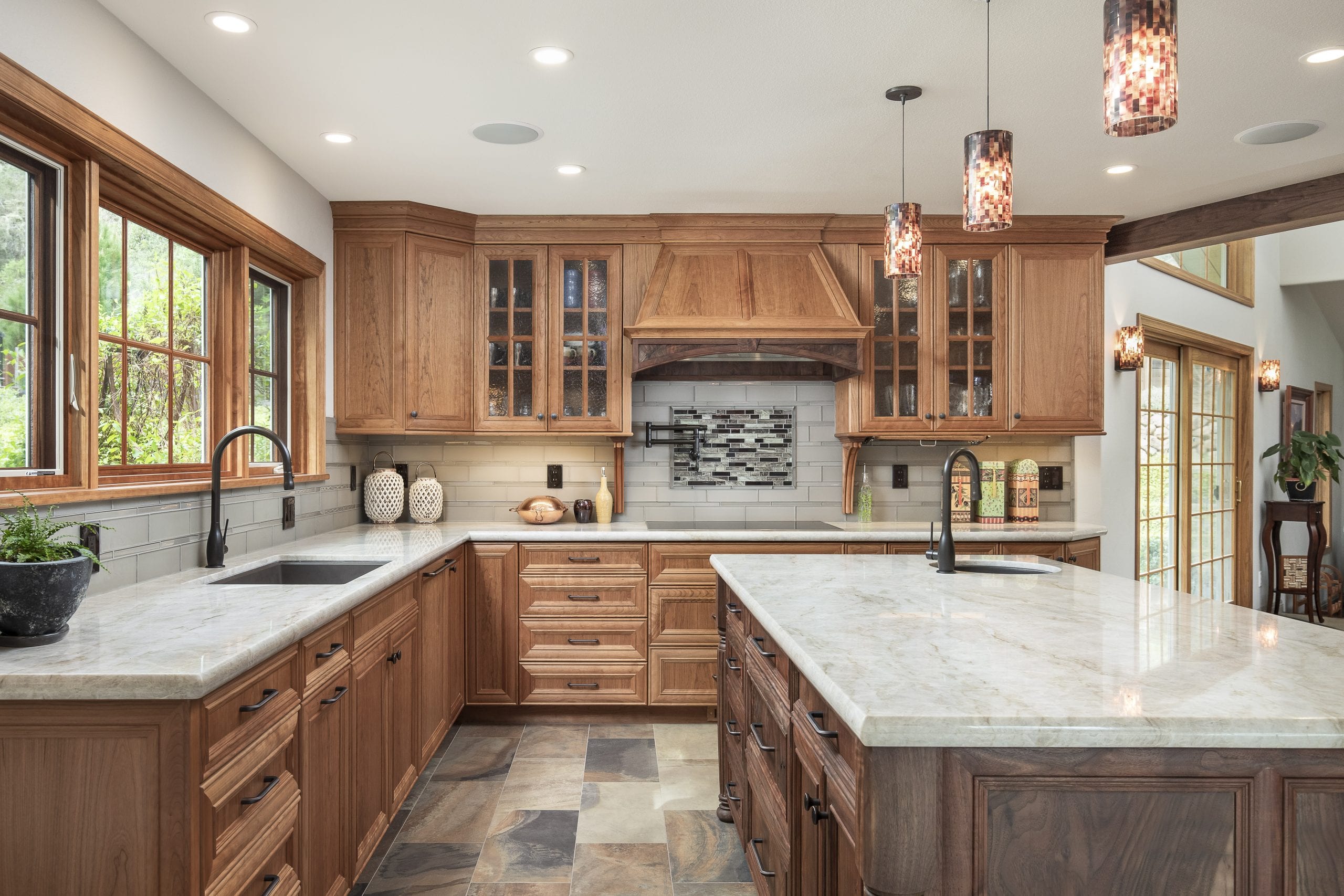Sofa beds are versatile pieces of furniture that serve dual functions, making them ideal for small spaces, guest rooms, or any home needing an extra sleeping area. However, with the multitude of styles, mechanisms, and materials available, selecting the right sofa bed can be daunting. Here’s how to make an informed decision and find a sofa bed that meets both your seating and sleeping needs effectively.
1. Consider the Primary Use
The first step in choosing a sofa bed is to determine its primary use. Will it be used more frequently as a sofa or a bed? If it’s mainly going to serve as a guest bed, comfort as a bed should be your priority. If it will be used daily as a sofa, look for something that offers comfort, durability, and style to complement your room decor.
2. Evaluate the Mechanism
The mechanism of a sofa bed is crucial for ease of use and longevity. Common types include:
- Pull-out: Traditional pull-out sofa beds feature a mattress folded inside the couch, which can be pulled out into a bed. This type is generally more comfortable for sleeping due to the thicker mattress but might require more effort to convert from sofa to bed.
- Click-clack: This style allows the back of the sofa to lie flat, turning the sofa into a bed. It’s typically easier to use but might not offer the same level of comfort as a pull-out due to the thinner mattress.
- Futon: Similar to click-clack models, futons can be laid back to create a flat bed. They are simple in design and function, often with a mattress that serves as both the seat and the bed surface.
- Corner sofa bed: These are larger, offering more seating and typically come with a pull-out mechanism. They’re ideal for family rooms and offer considerable space both as a sofa and a bed.
3. Check Mattress Quality
The mattress quality directly affects comfort, especially if the sofa bed will be used for sleeping regularly. Memory foam mattresses adapt to the body’s shape and offer good support and comfort. Innerspring mattresses are firmer and offer good bounce but can sometimes feel the springs through the mattress if not of high quality.
4. Size and Space Considerations
Measure the space where the sofa bed will be placed to ensure it fits well both as a sofa and when extended into a bed. Remember to provide enough room around the sofa bed for easy operation. For small spaces, consider a compact model or a twin size. For larger areas, a queen-size sofa bed can offer more sleeping space and comfort.
5. Material and Durability
Choose materials that suit your lifestyle and the level of usage the sofa bed will endure. If the sofa bed will be used regularly, look for durable fabrics such as leather or tightly woven textiles. Consider removable and washable covers for ease of cleaning, especially in households with kids or pets.
6. Style and Aesthetics
Sofa beds come in various styles and designs that can complement your existing decor. From modern minimalist to cozy and plush models, select a sofa bed that enhances your room. Pay attention to color and pattern if you want the sofa bed to be a focal point or blend it with the room’s color scheme for a more integrated look.
7. Budget
Set a budget before shopping. Sofa beds can range from relatively inexpensive to high-end models based on features, size, and materials. Balance cost with quality, especially if the sofa bed is expected to be used frequently.
Conclusion
A sofa bed is a practical investment that combines functionality and style. By considering its primary use, mechanism, mattress quality, size, materials, aesthetics, and budget, you can choose the right sofa bed that will meet your needs and last for years. Whether for daily use or occasional guests, the perfect sofa bed can provide both comfort and convenience in any home setting.
4










